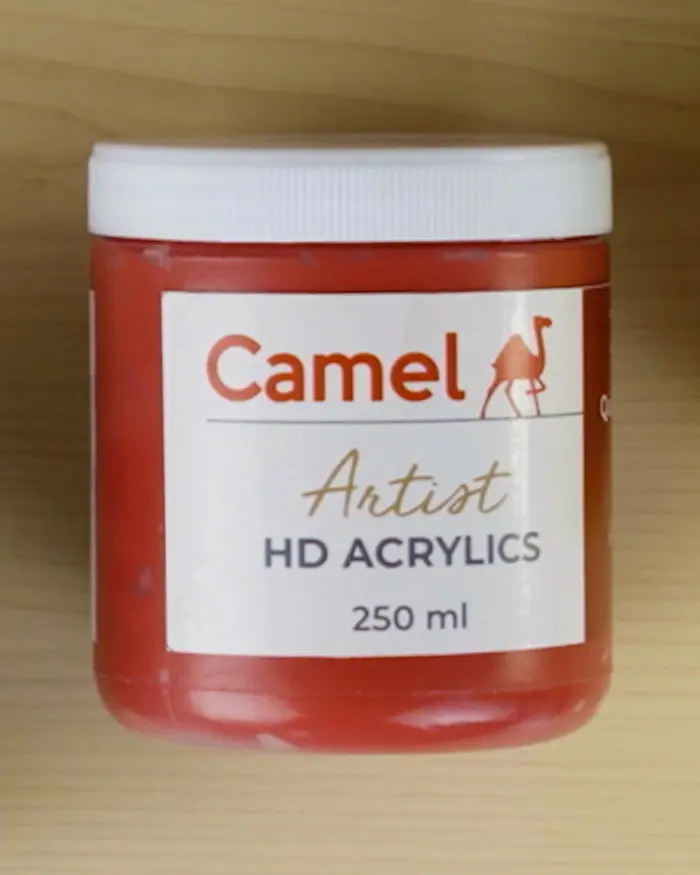Painting on a canvas is a great way to showcase your artistic inclinations. A canvas is sturdy, lightweight and affordable, making it a superb surface to paint on with acrylic and oil colours.
When a canvas is treated with gesso, it is archival. In the world of painting and art, it is stretched across a wooden frame. You can either purchase a stretched canvas or you can stretch it on your own. You can even buy a set of canvases in any size that you want.
Here are 8 tips on how to go about painting on canvas:
1. Prepare your canvas
Stretch your canvas or use a pre-stretched canvas. Make sure you unwrap the plastic from your canvas before using it. Next, prime your canvas using Gesso which makes the work surface softer to paint. This ensures that you can use less paint while also protecting your brushes and the fibres in your canvas, making your canvas archival.
2. Setting the mood using a tonal background
You can apply an overall tone to your painting to give it an instant ‘mood’. For example, if your painting is going to depict a storm in it, giving it a tonal background of a bright yellow colour won’t work. Instead, giving it a coat of light blue and grey will be perfect for the look you want your painting to have.
3. Set up your canvas and supplies
Decide how you are going to paint beforehand while setting up your canvas and your supplies. Do you prefer an easel where the canvas is at a slight angle or do you prefer it upright? Do you prefer the canvas to be placed on a flat surface right next to your palette? No technique is right or wrong but it will make your life much easier if you set up your painting workspace beforehand.
4. Choose the right brushes
Certain brushes are better for painting on a canvas than others. For example, if you decide to paint using watercolour brushes on your canvas, the brushes will break down because watercolour brushes are too soft and delicate to be used on a canvas properly. What you will need is specifically-designed oil or acrylic colour brushes with longer handles and firmer bristles which work well to hold and spread thicker paint across the canvas.
5. Creating an underpainting
Canvases are often used for opaque painting which makes them perfect for experimenting with underpainting. Underpainting is the method of creating an outline using a contrasting colour, helping you give your painting some depth as a finishing touch.
6. Adjust colours correctly
Oil colours dry about the same shade as they look when applied but acrylic colours look darker after drying. So make sure you adjust your colour mixes accordingly to ensure that the finished painting doesn’t look darker than you intended it to. You can test and check if you have got the right shade of colour on a separate piece of paper to see how dark the colour looks after drying.
7. Experiment with a medium of your choice
It can be great fun to experiment with mediums on different canvases. Play around with different mediums and see what looks better for your final theme. Using oil colours as mediums will add a high-gloss finish to your painting while an acrylic medium will give your painting more texture.
8. Keep a safe space for your canvas to dry
Make sure that you have kept a safe space for your canvas to dry. Even a slight touch to the paint can cause sticking or a messy cleanup, ruining all your hard work. Having a non-stick surface is best for allowing the painting to dry.
Did you find this guide to painting on canvas useful?
Share your thoughts with us in the comments below.
Leave a comment

Comment added
Comment updated
Comment deleted
More inspiration
“
“The world always seems brighter when you've just made something that wasn't there before.”






